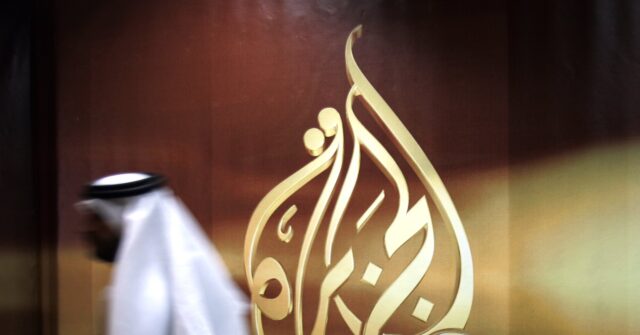On Sunday, an Israeli airstrike in Nuseirat, central Gaza, resulted in the death of Palestinian journalist Ahmed Al-Louh, who worked for Al Jazeera. The strike also killed five members of the Palestinian Civil Defence. Al-Louh was reportedly conducting journalistic duties at the time of the attack, as evident from his press vest and helmet. He was subsequently transported to Al-Aqsa Martyrs Hospital in Deir el-Balah. The circumstances surrounding his death highlight the broader conflict between Israel and Islamic Jihad, which Israel has accused Al-Louh of being affiliated with, thus framing the incident as a targeted operation against terrorism.
The Israel Defense Forces (IDF) claimed the airstrike was a carefully planned action against Hamas and Islamic Jihad operatives who were utilizing the Civil Defence organization’s facilities as a command center for planning an imminent attack against IDF forces. In their statement, the IDF mentioned that extensive precautions were taken to minimize civilian casualties, citing precision munitions and aerial surveillance. The IDF’s narrative also included the assertion that organizations like Hamas and Islamic Jihad exploit civilian infrastructure, using it to shield their activities, thereby complicating the military’s operational environment.
Al Jazeera has faced significant scrutiny over its coverage of the ongoing conflict between Israel and Gaza. Several of its journalists have been killed or implicated in alleged terrorist activities, prompting accusations from Israeli authorities that these individuals have been acting as operatives for extremist groups while simultaneously working as reporters. In this context, the death of Al-Louh has sparked a broader discussion about the challenges journalists face in conflict zones, particularly in areas where media organizations operate under the constant threat of violence from warring factions.
The Israeli government has taken controversial actions against Al Jazeera, including the closure of its local office in May, asserting that the network posed a threat to national security by allegedly inciting violence and disseminating anti-Israel propaganda. The tension between Israeli authorities and the media underscores the difficulties of reporting on conflicts where the lines between journalism and political/military agendas are often blurred. Al Jazeera’s presence in Gaza has been particularly contentious, as the network’s coverage is frequently perceived as biased against Israel.
The complexities of the Israeli-Palestinian conflict are reflected in such incidents, where the act of reporting and the act of warfare intersect. Journalists, like Al-Louh, operate under perilous conditions, sometimes facing accusations of partiality or even complicity with organizations labeled as terrorists. This environment poses significant ethical questions regarding the role of journalists in conflict zones, their responsibilities to report accurately and safely, and the impact that their presence can have on both the perception of the conflict and the safety of civilians.
The tragic death of Ahmed Al-Louh and the subsequent fallout highlight the ongoing strife and volatile conditions present in Gaza and illustrate the underlying narratives at play in the media coverage of the Israeli-Palestinian conflict. As international stakeholders continue to grapple with the implications of these events, the need for objective journalism that prioritizes truth amid the chaos is increasingly critical, as is the obligation of all parties involved to protect civilian lives and uphold the principles of international law in conflict scenarios.

